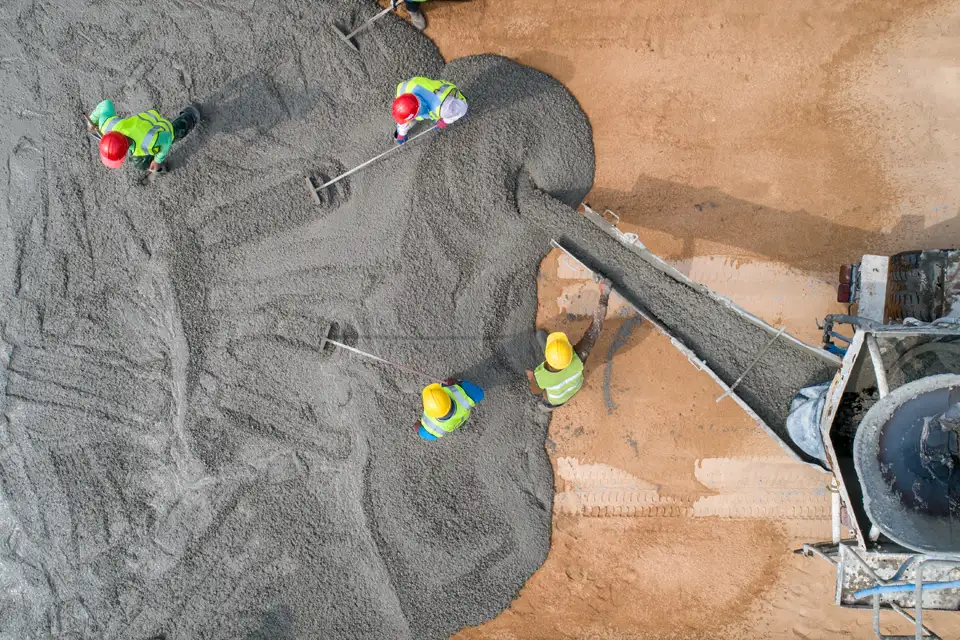Technical Report
- 1 August 2022
- Capture
- Utilisation
A key objective of the study was to explore the concept of ‘value’, when applied to a technology deployed in a low-carbon energy system. CCUS is an available mitigation option to support energy transitions and has been highlighted by global IAMs as a necessary technology to limit anthropogenic warming to well below 2°C. Despite this, there continues to be dissent among academics, business leaders and policymakers regarding the role CCUS can or should play in a low-carbon future. This opposition appears to stem not only from a narrow and incomplete focus on cost, and the perception that CCUS is a high-cost mitigation option under all circumstances, but also a failure to recognise the value of CCUS from other perspectives, such as human, social and environmental, to support the energy transition to net zero. As a result, a wider, deeper, and multi-disciplinary review of the ‘value’ of CCUS is explored. Recent literature spanning sector-specific techno-economic models, global and regional IAMs, and social studies to explore the diverse value of CCUS is reviewed. Results from Princeton University’s Net-Zero America study are summarised, where five alternate modelled pathways to net-zero emissions in the United States provided an exceptional level of sectoral, temporal and spatial granularity to highlight the value of CCUS in these pathways. Finally, a semi-quantitative, 2×2 decision framework was introduced to help policymakers screen the relative competitiveness of CCUS as a mitigation option across multiple domains. This framework was applied across a number of case studies, including the United States, the UK, Indonesia, Australia and Japan, to highlight under what circumstances CCUS might prove to be a valuable mitigation option to help these jurisdictions achieve time-bound mitigation goals.


